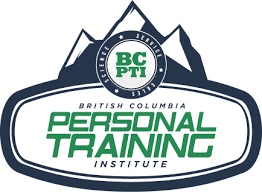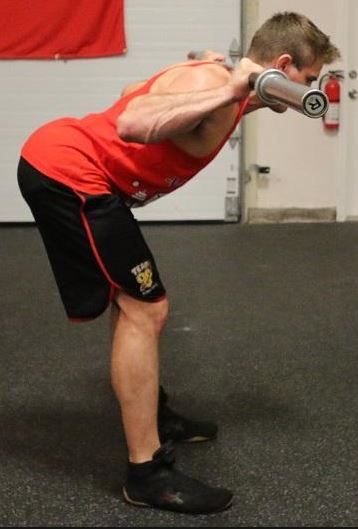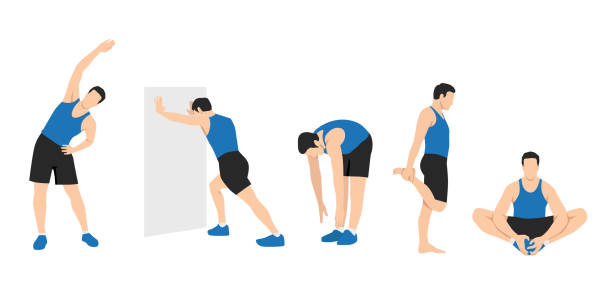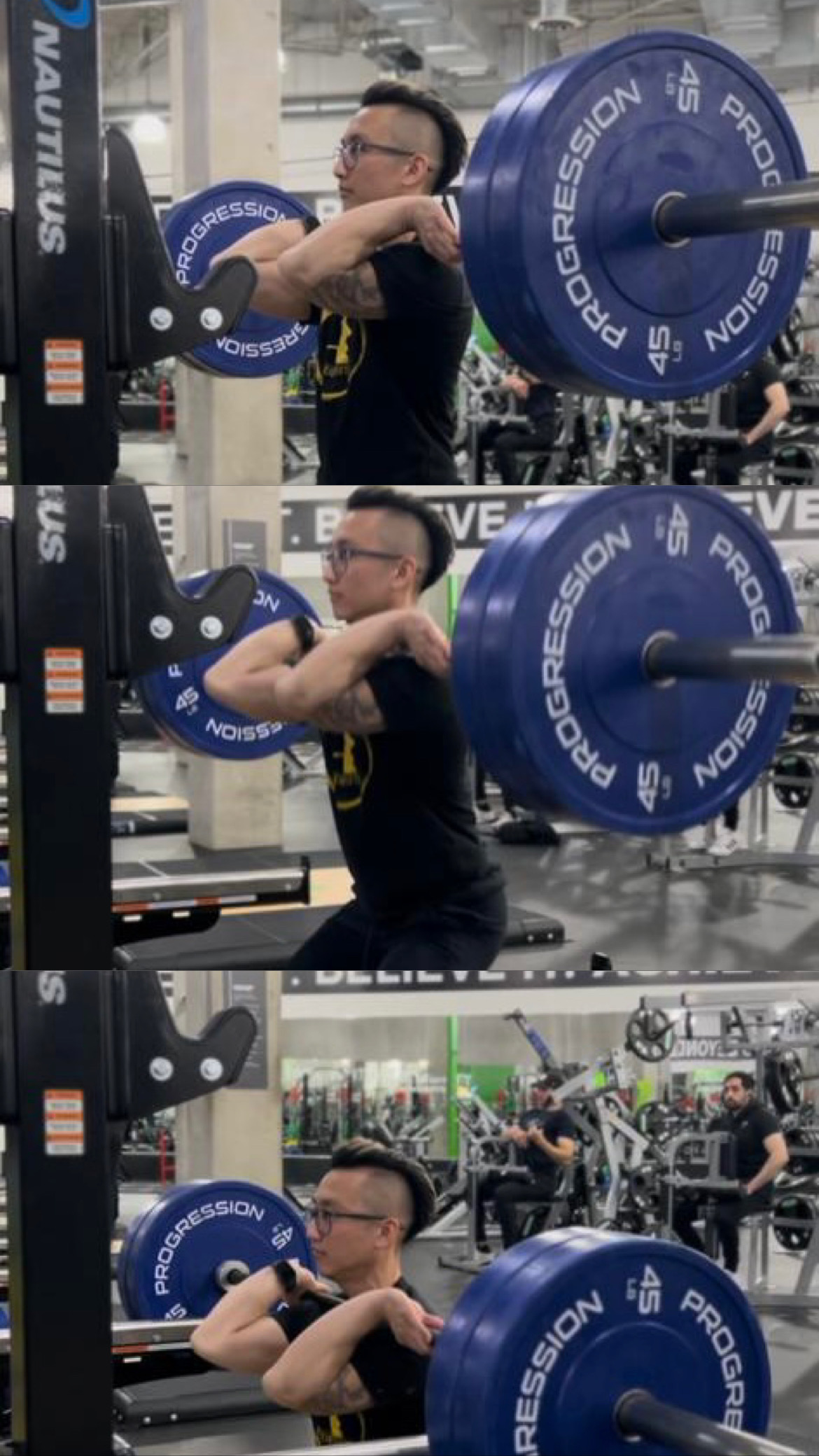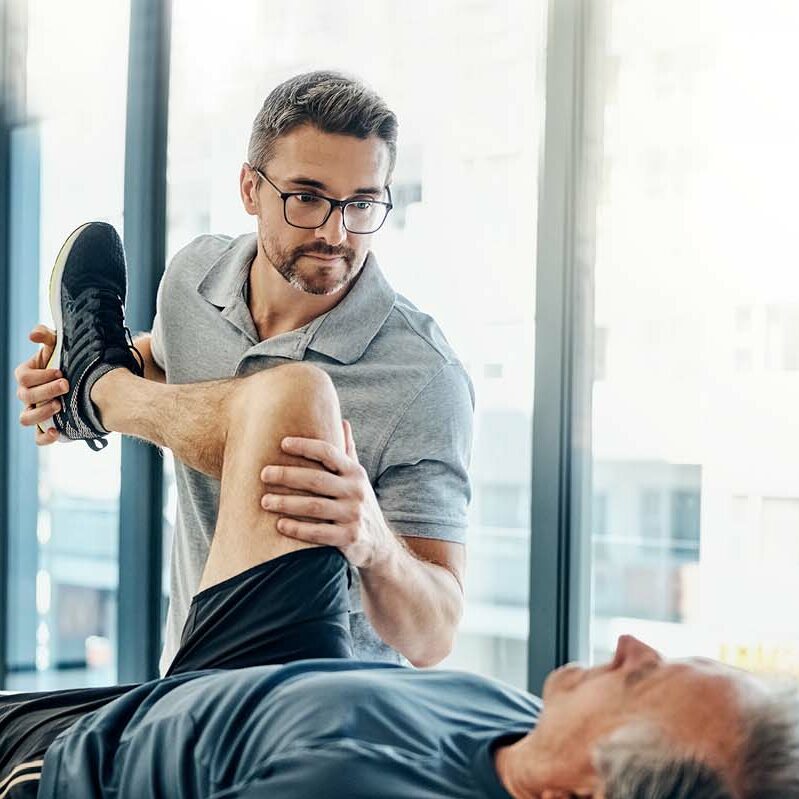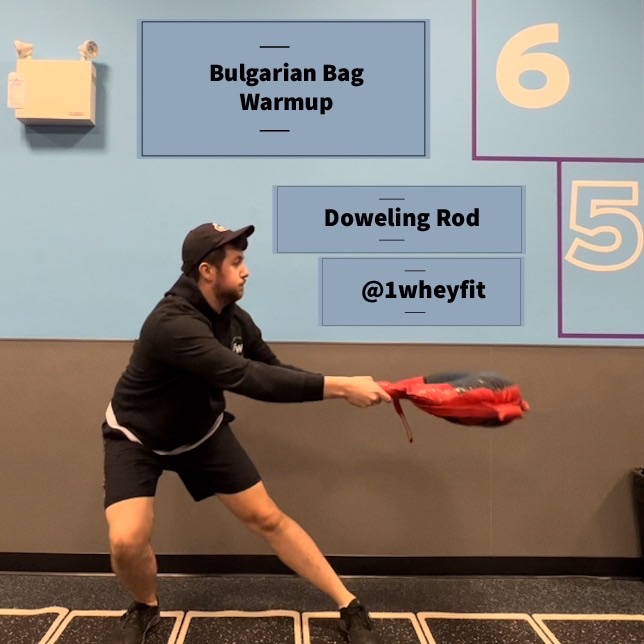Greetings from BCPTI!
We recently held an internal education seminar on the power clean and jerk and it was so well received we thought we would make a short blog post on some helpful exercises that can be utilized for a warm up or as an assistance exercise.
Note*
A proper warm is a major key to success for any kind of physical activity so it is important that we continue to do them. Warm ups can consist of varying components but here at BCPTI we like to follow a process of releasing any tissue restrictions, dynamically stretching the same tissue through its full range of motion followed by core activation. We also utilize low intensity movement / lifting patterns that are biomechanically similar to the work out we will be doing for the day.
Refer to our previous blog post on Activating the Client Training Session http://www.bcpti.ca/activating-client-training-session/ for some suggestions.
Here are 3 exercises that you can add to your program:
(1) Banded Overhead Squat
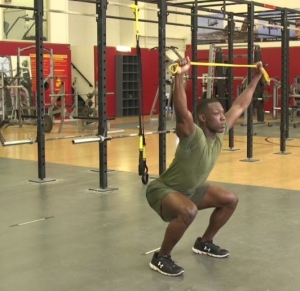
Why: One of the challenges of Olympic Weightlifting is the high mobility requirement in areas that most people commonly have issues. The overhead position in the snatch and the receiving position of the clean both rely on good mobility in the upper body. Due to our sedentary lifestyle, many people are tight anteriorly and weak posteriorly and the upper body is no different. This exercise helps to activate the entire posterior chain in a biomechanically similar pattern that will be utilized in the snatch.
How: Using a doweling to start off with, attach a light resistance band to an immovable object at above head height and slide the other end through the doweling. Place the band in the centre of the doweling to start with your snatch grip width. Stand far enough back that there is slight tension on the band as you go into an overhead position with the doweling. Using your upper back, pull the doweling back to feel the upper back contract getting the arms at least in line with the ears and slightly behind if your mobility allows for it.
With the doweling in place, begin by doing controlled overhead squats trying to keep your form aligned and firing together. This is a full body exercise and everything should be working together. You can also use a TRX Rip Trainer that would asymmetrically load the overhead position and challenge the anti-rotation aspect of our core.
This drill can also be done with a partner by applying manual perturbations to the doweling to force the individual to dynamically stabilize throughout the movement pattern.
(2) Overhead March
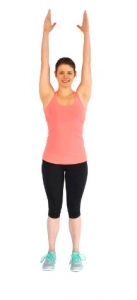
Why: Great for shoulder/hip stability when done under control; plus marching is a basic movement pattern with strong carry over into other aspects of life and fitness such as running / sprinting. It’s an excellent way of challenging core due to the asymmetrical loading through marching. We often press overhead as well as do raises for our shoulders but we rarely hold and stabilize weight above our heads so it is often unstable and not very strong so this exercise is exceptionally challenging. How: Start with a doweling or a weight you can comfortable/safely control; hold the doweling above your head with the arms in line with the ears, and ensure the ribs are not flaring out (if your ribs are flaring, gently crunch in by bringing the ribs towards the pelvis). Focus on good postural alignment and stacking of joints.
Keep your butt tucked in to maintain a posterior pelvic tilt (think hump forward) and slowly shift your weight and begin lifting one knee. It is crucial to maintain that intra-abdominal pressure through setting the core using the draw in maneuver with bracing. Inhale and take air into the diaphragm feeling a 360 degree expansions of your abdominals, oblique and low back.
Slow and control is the name of the game. Avoid shifting too fast to stay safe but to increase the challenging. Going fast often hides falling or lack of control / stability.
(3) Good Morning Hybrid Squat Variation
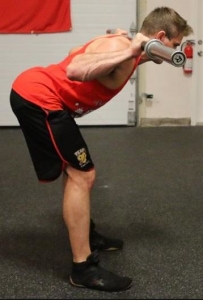
Why: Allows for challenging the hinge and squat pattern under lighter (but not too light) loads requiring solid neuromuscular control as well as spinal stability. It places a high demand on the posterior chain so it can feel incredibly taxing so be conservative and ensure proper progression. More weight is not necessarily better if control and form is lost. Anecdotally, this variation was helpful for facilitating the patterning of the first pull of a snatch where you have to stay over the bar and push the knees back. How: Using manageable weight or even just a dowel in a low bar position squat position (bar resting below the traps), hinge into a good morning; spine position shouldn’t change too much as you hinge.
Load eccentrically until you run out of range and actively contract the hamstrings focusing on curling your hips down into as deep of a squat as you can with neutral spine.
Reverse the motion by hinging the hips back up and then going into hip extension by tucking your pelvis and fully extending.
Another variation of this utilizes the overhead position which puts more emphasis on shoulders (which then limits the amount of weight one can use).
Blog by:
BCPTI Instructor,
Brian Truong
